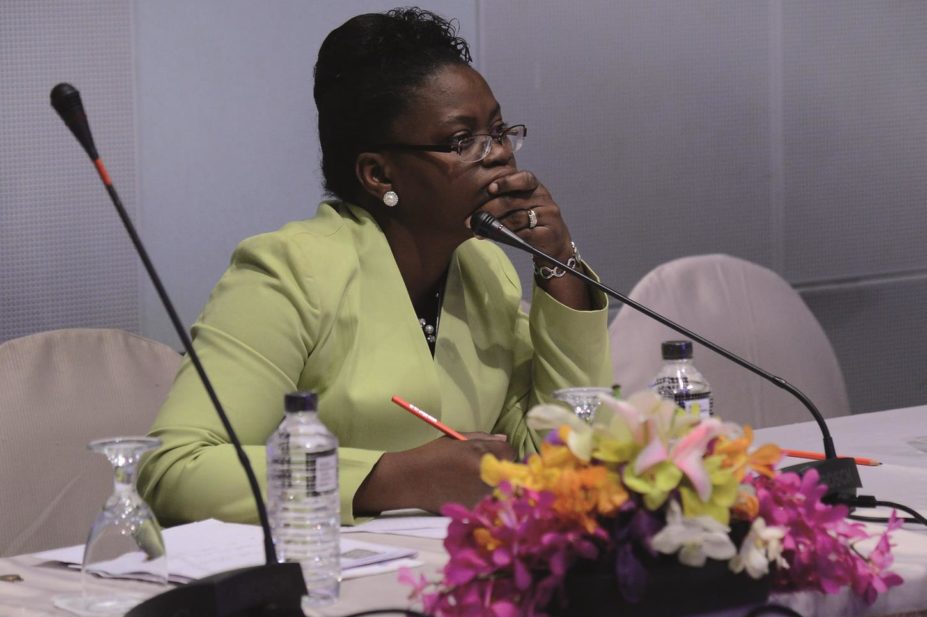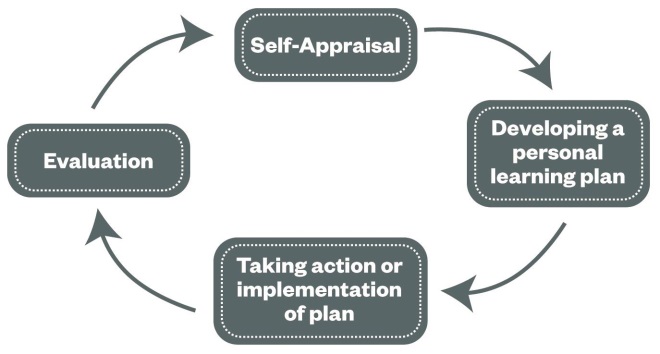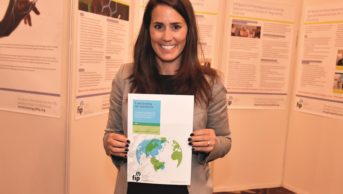
FIP
Toyin Tofade from the school of pharmacy at the University of Maryland, launched the FIP Education Initiative (FIPEd) Global Report on continuing professional development (CPD) and continuing education (CE) in pharmacy (www.fip.org/educationreports) on 4 September 2014 at the 74th International Pharmaceutical Federation Congress in Bangkok. The report, she said, is the first publication of its kind to provide a baseline on the current status, activities and trends of CPD and lifelong learning in pharmacy and pharmaceutical sciences. The purpose of the report is to provide a resource, to share current information and to assist countries at different points in the learning continuum to implement CPD principles effectively.
Tofade said that many countries have attempted to implement the CPD cycle but there is significant variability between CPD/CE frameworks in each country and that changes continue to occur based on lessons learned from implementation.
In a recent review of the international literature of CPD and CE in health professions across the globe, it was observed that while many countries have attempted to incorporate the cyclical approach to lifelong learning (see figure), there is significant variability between the frameworks of CPD and CE in each country.

FIP CPD Cycle
Cyclical approach to lifelong learning
Evolution in the approach to CPD/CE continues to occur as countries learn from their implementation experiences. Despite the advancements of CPD/CE in the past five years, the review indicates that the published literature does not fully reflect current activities, and professions are encouraged to publish more work on CPD/CE.
In 2013, at the FIP congress in Dublin, a focus group of CPD/CE leaders and other interested participants was convened. The main aim was to report the findings of the literature review and advocate for further literature publications. The discussions centred on how different countries could learn from one another as experience is gained from implementing CPD/CE concepts and informed the development of the technical report.
Although CPD continues to advance, the published literature does not reflect current activities. Tofade encouraged pharmacists to publish more of their CPD/CE work. Nine countries responded to an invitation to submit country case studies by summarising key information. A number of differences were highlighted in the case studies, for example, New Zealand, Northern Ireland and Australia have mandatory CPD, whereas the US has a CE system based on points, with three states having a voluntary CPD system. In Oman, the Ministry of Health has put in place robust CPD systems and structures. Canada has a hybrid CPD/CE system. Japan has an online portfolio system, supported by professional standards and guidelines. In Namibia, CPD has a modular approach but capacity and resource constraints reduce the opportunity to provide comprehensive quality education.
Tofade told the audience that FIPEd had gathered data from 66 countries and territories. In 88% of the countries, pharmacists are expected to provide some form of self-funding for their professional development and 77% reported contributions to CPD/CE by pharmaceutical companies.
Wide variations exist, she said, in definitions of CPD/CE but there is agreement that it is an opportunity to reflect on learning, and involves a clear plan towards achieving specific goals or objectives and a deliberate involvement in learning activities. It also involves evaluation of the outcomes of such learning activities to achieve the success or progress towards achieving these goals.
In order to develop a functioning CE/CPD system, Tofade suggested to the audience that they needed to pursue development using the FIP CPD framework (Reflect, Plan, Act/Learn, Evaluate). If they are beginning the process, she suggested that they use this new publication for initial talking points with stakeholders and governing bodies. In addition, the professions should adopt CPD guiding principles as a whole to facilitate lifelong learning skills/habits and consider using the competency framework as a starting point for goal setting.
